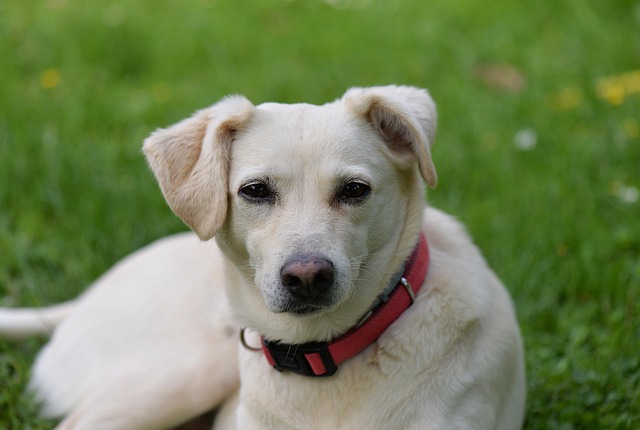
How can I tell if my dog's heatstroke is serious
Let’s be real: It’s a sticky August morning in Los Angeles, and you took your 2-year-old Golden Retriever, Max, for a walk a little later than usual
Figuring out a puppy’s age isn’t just a fun guessing game—it can be key for their care, especially if you’ve rescued a stray or taken in a pup with no background. Start with their teeth; they’re like tiny biological calendars. Newborns arrive with no teeth at all, their gums soft and pink. By 3 weeks, tiny needle-like milk teeth start poking through, first the incisors at the front. Those sharp little chompers keep coming until around 6 weeks, when all 28 baby teeth should be in place.
Around 4 months, something interesting happens: those milk teeth start to fall out. You might find tiny white teeth on the floor or stuck in their chew toys as adult teeth push through. By 6 months, most puppies have a full set of 42 adult teeth, though smaller breeds might take a week or two longer. Keep an eye out for retained baby teeth—vets often recommend removing them to avoid dental issues, which is something to note if you’re in areas like California where local pet health codes emphasize preventive care.
Size and growth can also clue you in, but it’s trickier because breeds vary so much. A Great Dane pup at 8 weeks might already be bigger than a full-grown Chihuahua. Look at their paws: oversize paws often mean more growth is coming. At 12 weeks, most puppies have lost that wobbly newborn gait and start moving with more coordination, though they’ll still trip over their own feet now and then. By 6 months, larger breeds are approaching half their adult weight, while small breeds might be closer to two-thirds.
 Behavioral cues matter too. Newborns sleep 90% of the time and rely entirely on their mother for warmth and food. By 3 weeks, they start wiggling around and exploring their surroundings, tiny noses leading the way. At 8 weeks, curiosity peaks—they’ll chew on everything, from shoes to sofa cushions, and start responding to their name. Socialization is crucial during this period, and in places like New York City, many dog parks offer puppy playgroups specifically for this stage, helping them learn bite inhibition and social skills.
Behavioral cues matter too. Newborns sleep 90% of the time and rely entirely on their mother for warmth and food. By 3 weeks, they start wiggling around and exploring their surroundings, tiny noses leading the way. At 8 weeks, curiosity peaks—they’ll chew on everything, from shoes to sofa cushions, and start responding to their name. Socialization is crucial during this period, and in places like New York City, many dog parks offer puppy playgroups specifically for this stage, helping them learn bite inhibition and social skills.
No matter how you guess their age, scheduling a vet visit is a must. Vets can check for developmental milestones, assess dental health, and make sure vaccinations are up to date—important not just for your pup’s health but also for compliance with local laws. For example, many counties in Texas require rabies shots by 4 months of age, and having a vet’s estimate of your puppy’s age can help ensure you meet those deadlines.
Understanding your puppy’s age helps you provide the right food, exercise, and training. A 10-week-old pup needs frequent potty breaks and short play sessions, while a 6-month-old can handle longer walks and more structured training. It’s all part of building a strong bond—and ensuring your furry friend grows up happy, healthy, and ready to explore the world by your side.

Let’s be real: It’s a sticky August morning in Los Angeles, and you took your 2-year-old Golden Retriever, Max, for a walk a little later than usual

You're enjoying a summer afternoon at the park when you notice your dog has stopped panting and appears disoriented - their gums are bright red

Let’s paint the picture: You’re in your Denver apartment, watching your 4-year-old Boston Terrier, Ruby, plop down mid-play session with her favorite toy

Many dog owners notice their pets nails seem shorter after regular walks,but how much does this daily activity actually help?The answer depends on where you walk—concrete sidewalks or asphalt streets gently file nails as a dog's paws hit the ground

Most dog owners notice their pup scooting across the carpet at some point, but few connect it to impacted anal glands. These small sacs near a dog’s rectum secrete a scent for marking territory

Most vets agree that regular dog teeth cleaning is key to avoiding painful dental issues later. For healthy adult dogs, a professional cleaning at the vet’s office every 12 to 18 months usually works well.